
On the way thru Montana this is a sign that shoots up
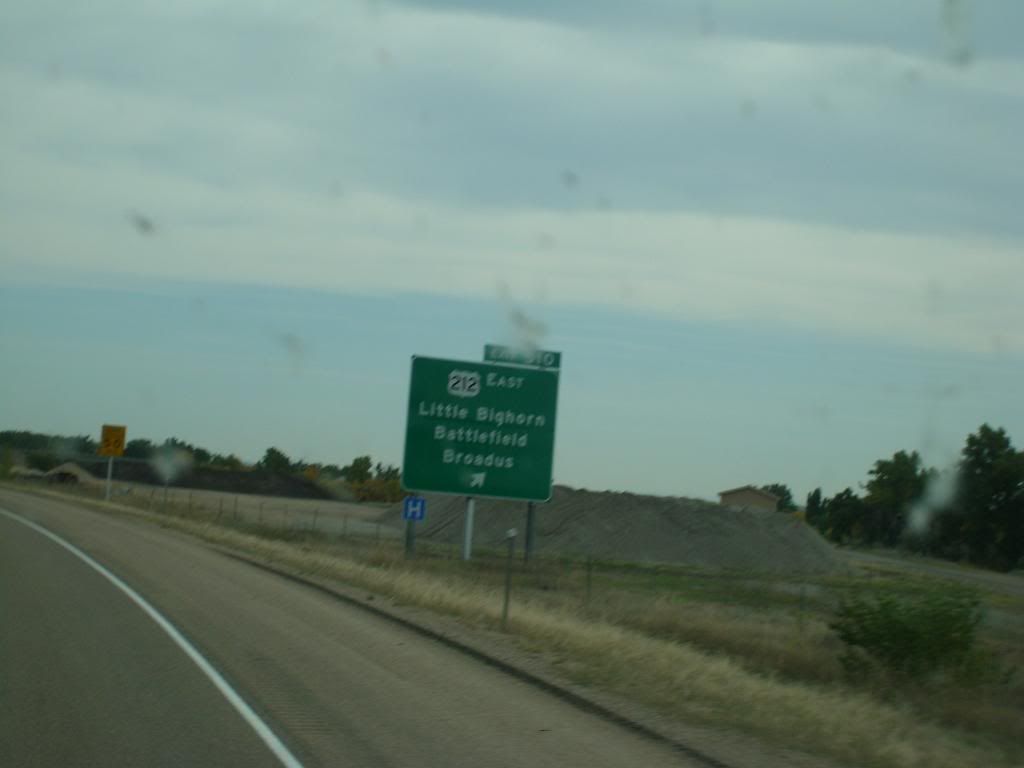
So I thought I would have a google and find out what went on there.obviously we all have all seen the films,were custer stands there shooting all the native americans off there ponys, !!!! here a few points that i found out.

Place of birth New Rumley, Ohio
Place of death Little Bighorn, Montana
Allegiance United States of America
Service/branch United States Army
Years of service 1861–76
Rank Major General of Volunteers
Lieutenant Colonel (Regular Army)
Commands held Michigan Brigade
7th U.S. Cavalry
Battles/wars American Civil War
First Battle of Bull Run
Peninsula Campaign
Battle of Antietam
Battle of Chancellorsville
Gettysburg Campaign
Battle of Gettysburg
Overland Campaign
Battle of the Wilderness
Battle of Yellow Tavern
Battle of Trevilian Station
Valley Campaigns of 1864
Siege of Petersburg
Indian Wars
Battle of the Washita
Battle of the Little Bighorn

Sitting Bull in 1885
Born Hoka-Psice (Jumping Badger), later Tȟatȟaŋka Iyotȟaŋka (Sitting Bull)
c. 1831
Near the Grand River, South Dakota
Died December 15, 1890
Standing Rock Indian Reservation
Nationality Lakota Sioux
Other names Hunkesni (Slow), Hoka-Psice (Jumping Badger)
Occupation Holy man, war chief
Height 5'10"
Spouse(s) Light Hair, wife
Red Woman, wife
Four Robes, wife
Snow-on-Her, wife
Seen-by-her-Nation, wife
Children One Bull, adopted son
Crow Foot, son
Many Horses, daughter
Walks Looking, daughter,
adopted daughter
Parents Tatanka-Iyotanka (Sitting Bull) later (Jumping Bull), father
Her-Holy-Door, mother
Relatives Big Foot, half brother
White Bull, nephew
The Battle of the Little Bighorn—also known as Custer's Last Stand, and, in the parlance of the relevant Native Americans, the Battle of the Greasy Grass—was an armed engagement between a Lakota-Northern Cheyenne combined force and the 7th Cavalry of the United States Army. It occurred on June 25 and June 26, 1876, near the Little Bighorn River in the eastern Montana Territory, near what is now Crow Agency, MT.
The battle was the most famous action of the Indian Wars, and was a remarkable victory for the Lakota and Northern Cheyenne, led by Sitting Bull. The U.S. Seventh Cavalry, including a column of 700 men led by George Armstrong Custer, was defeated. Five of the Seventh's companies were annihilated and Custer himself was killed as were two of his brothers and a brother-in-law.
US Seventh Cavalry Battle Guidon

Custer's battalion consisted of Companies C, E, F, I, and L, personally led by Custer. It numbered 13 officers, 198 men (seven of whom would eventually be detached before the "last stand") and three civilians—newspaper reporter Mark Kellogg and two scouts. Commander of Company I and second-in-command of the Custer's battalion was Irishman, Captain Myles Keogh. Two of Custer's relatives later joined the column. Troop C was commanded by Custer's brother, Capt. Thomas Custer and L Company by his brother-in-law, 1st Lt. James Calhoun.

Battle of the Little Bighorn
Main article: Battle of the Little Bighorn
An 1899 chromolithograph entitled Custer Massacre at Big Horn, Montana — June 25, 1876, artist unknown.By the time of Custer's expedition to the Black Hills in 1874, the level of conflict and tension between the U.S. and many plains Indians tribes (including the Lakota Sioux and the Cheyenne) had become exceedingly high. Indians killed settlers and railroad workers, Americans continually broke treaty agreements and advanced further westward. To take possession of the Black Hills (and thus the gold deposits), and to stop Indian attacks, the U.S. decided to corral all remaining free plains Indians. The Grant government set a deadline of January 31, 1876 for all Lakota and Northern Cheyenne to report to their designated agencies (reservations) or be considered "hostile".
The 7th Cavalry departed from Fort Lincoln on May 17, 1876, part of a larger army force planning to round up remaining free Indians. Meanwhile, in the spring and summer of 1876, the Hunkpapa Lakota chief Sitting Bull had called together the largest ever gathering of plains Indians at Ash Creek, Montana (later moved to the Little Bighorn River) to discuss what to do about the whites. It was this united encampment of Lakota, Northern Cheyenne, and Arapaho Indians that the 7th met at the Battle of the Little Bighorn.
On June 25, some of Custer's Crow Indian scouts identified what they claimed was a large Indian encampment along the Little Bighorn River. Custer divided his forces into three battalions: one led by Major Marcus Reno, one by Captain Frederick Benteen, and one by himself. Captain Thomas M. McDougall and Company B were with the pack train. Benteen was sent south and west, to cut off any attempted escape by the Indians, Reno was sent north to charge the southern end of the encampment, and Custer rode north, hidden to the east of the encampment by bluffs, and planning to circle around and attack from the north.
Reno began a charge on the southern end of the village, but halted midway and had his men dismount and form a skirmish line.They were soon overcome by mounted Lakota and Cheyenne warriors who counterattacked en masse against Reno's exposed left flank forcing Reno and his men to take cover in the trees along the river. Eventually, however, this position became untenable and the troopers were forced into a bloody retreat up onto the bluffs above the river, where they made their own stand. This, the opening action of the battle, cost Reno a quarter of his command.
Meanwhile, unaware of Reno's failure, Custer had his command to the northern end of the main encampment, where he apparently planned to sandwich the Indians between his attacking troopers and Reno's command in a "hammer-and-anvil" maneuver. According to Grinnell's account, based on the testimony of the Cheyenne warriors who survived the fight, at least part of Custer's command attempted to ford the river at the north end of the camp but were driven off by stiff resistance from the Indians and were pursued by hundreds of warriors onto a ridge north of the encampment. There, Custer was prevented from digging in by Crazy Horse, whose warriors had outflanked him and were now to his north, at the crest of the ridge.Traditional white accounts attribute to Gall the attack that drove Custer up onto the ridge, but Indian witnesses have disputed that account.[25] For a time, Custer's men were deployed by company, in standard cavalry fighting formation—the skirmish line, with every fourth man holding the horses. This arrangement, however, robbed Custer of a quarter of his firepower, and as the fight intensified, many soldiers took to holding their own horses or hobbling them, further reducing their effective fire. When Crazy Horse and White Bull mounted the charge that broke through the center of Custer's lines, pandemonium broke out among the men of Calhoun's command,though Keogh's men seem to have fought and died where they stood. Many of the panicking soldiers threw down their weapons and either rode or ran towards the knoll where Custer the other officers and about 40 men were making a stand. Along the way, the Indians rode them down, counting coup by whacking the fleeing troopers with their quirts or lances.
Initially, Custer had 208 officers and men under his command, with an additional 142 under Reno and just over a hundred under Benteen. The Indians fielded over 1800 warriors. As the troopers were cut down, the Indians stripped the dead of their firearms and ammunition, with the result that the return fire from the cavalry steadily decreased, while the fire from the Indians steadily increased. With Custer and the survivors shooting the remaining horses to use them as breastworks and making a final stand on the knoll at the north end of the ridge, the Indians closed in for the final attack and killed all in Custer's command. As a result, the Battle of the Little Bighorn has come to be popularly known as "Custer's Last Stand".
When the cavalry's main column did arrive three days later, they found most of the soldiers' corpses stripped, scalped, and mutilated.Custer’s body had two bullet holes, one in the left temple and one just above the heart.Following the recovery of Custer's body, he was given a funeral with full military honors and buried on the battlefield. He was reinterred in the West Point Cemetery on October 10, 1877. The battle site was designated a National Cemetery in 1876.
The exact number of Indian warriors participating in the battle has never been determined and remains controversial. It has been estimated that in the overall battle the warriors outnumbered the 7th Cavalry by approximately three to one, or roughly 1800 against 600. In Custer's fight, this ratio could have increased to as high as nine to one (1800 against 200) after his isolated command became the main focus of the fighting. Some historians, however, claim the ratio of the Custer fight to be as low as three to one. By almost all accounts, Custer's detachment was certainly outnumbered and was caught in the open on unfamiliar terrain.

An obelisk commemorates the U.S. Army dead, and marks the spot of the mass grave where all US Soldiers were re-buried

and some Pics of the natives at the sight now
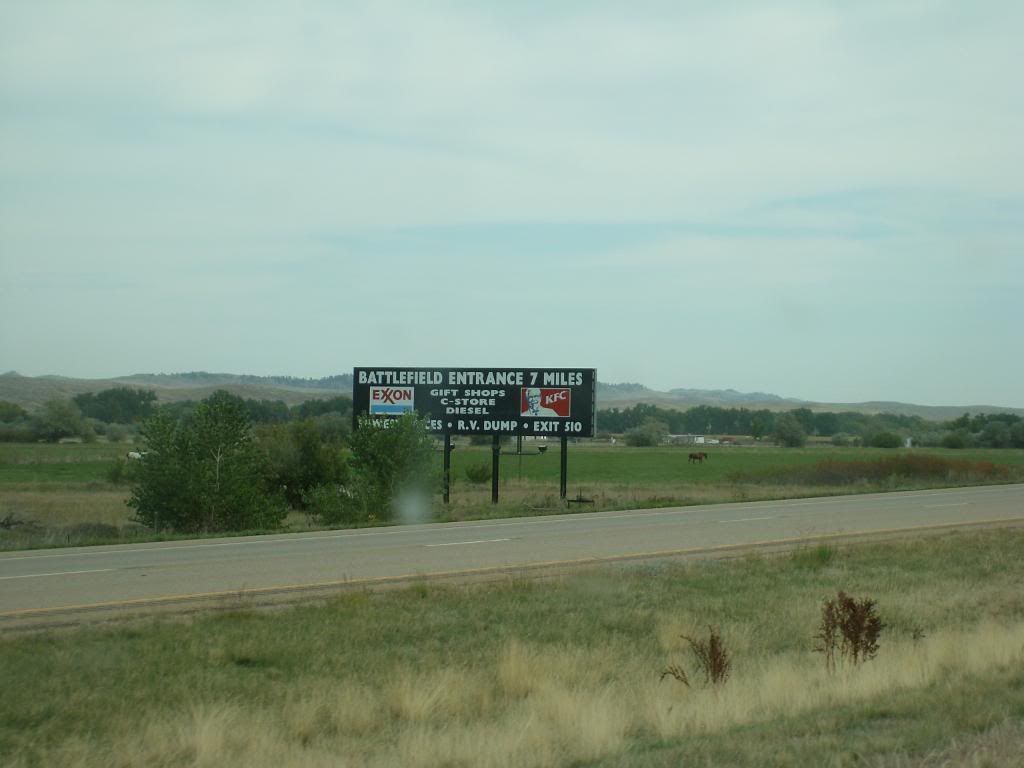
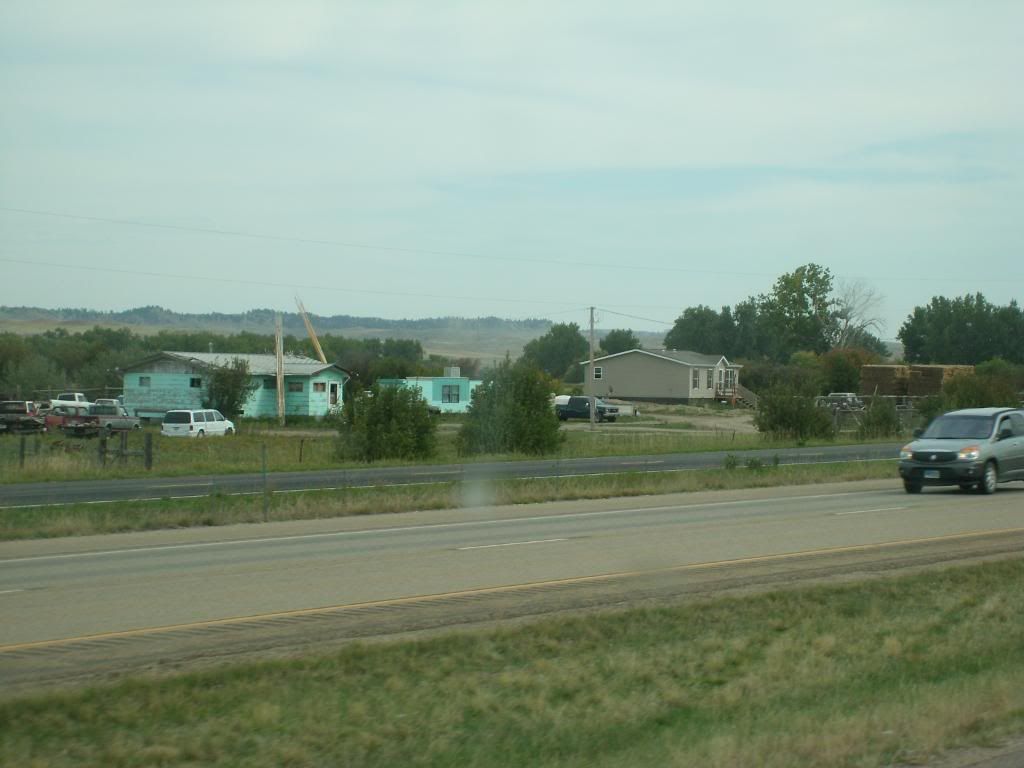
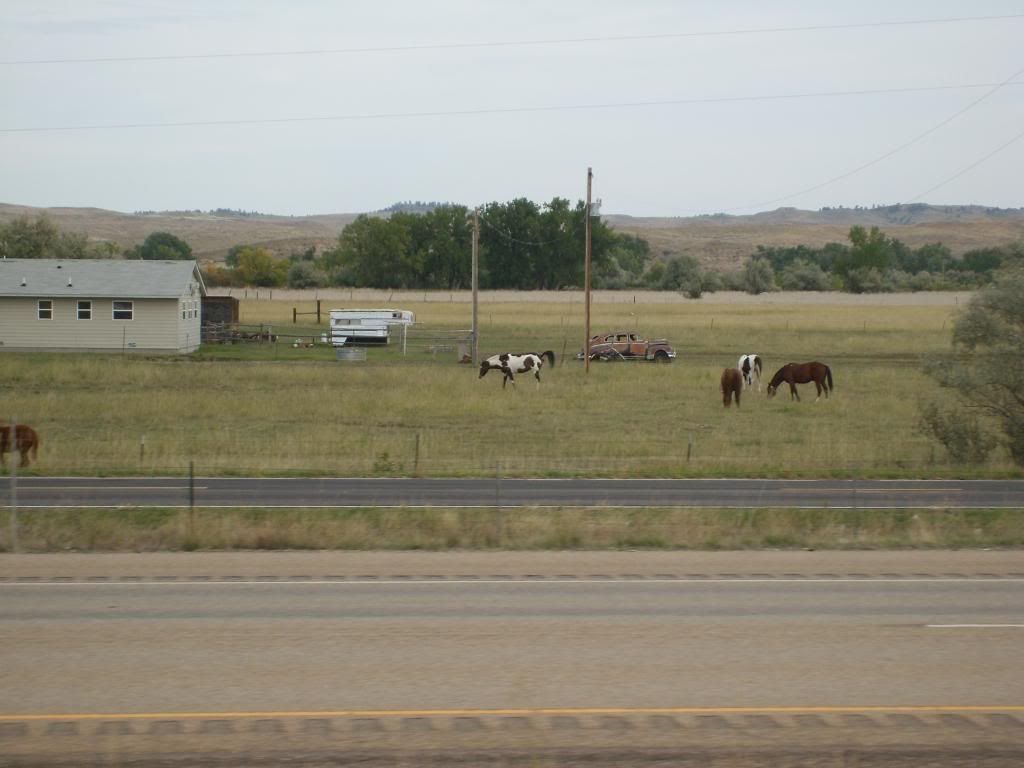
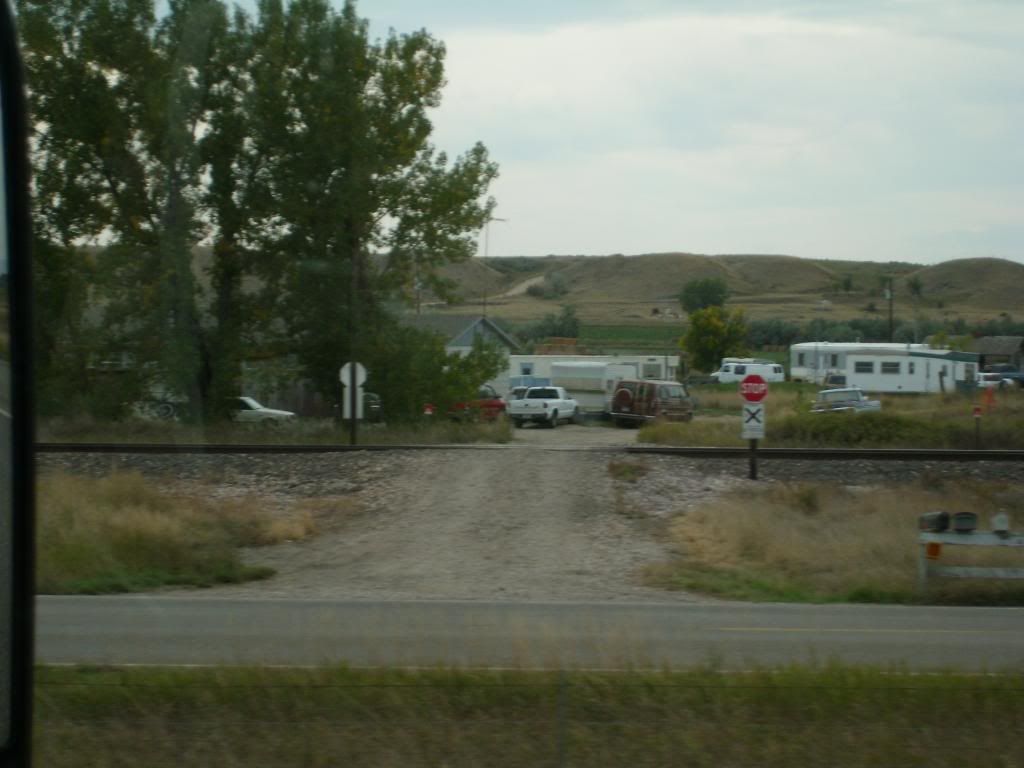
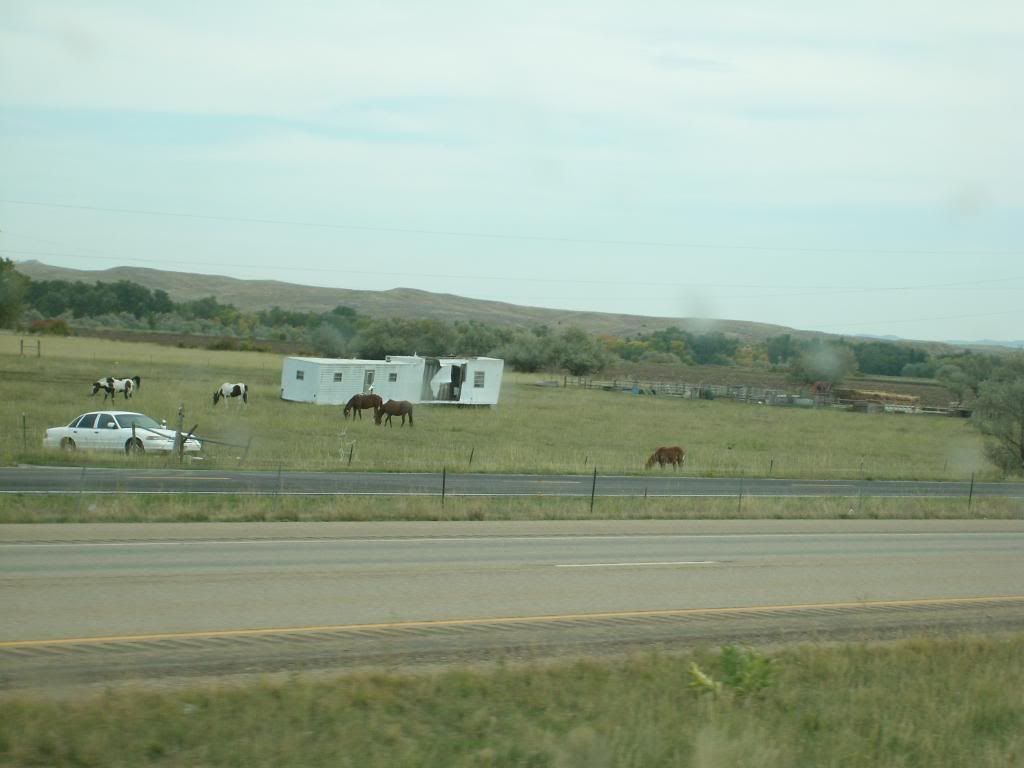
Think you can make your own conclusions















No comments:
Post a Comment